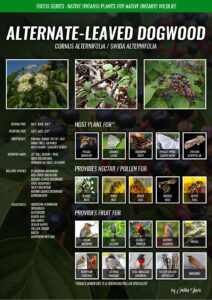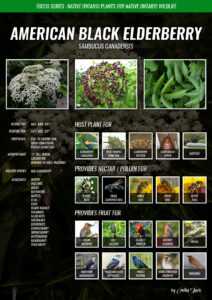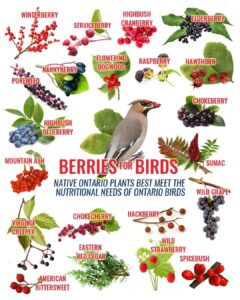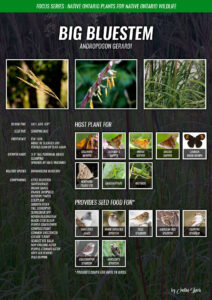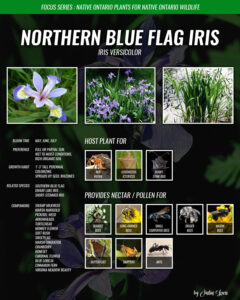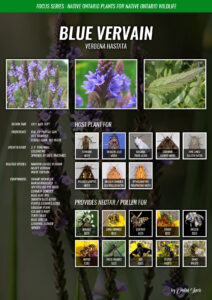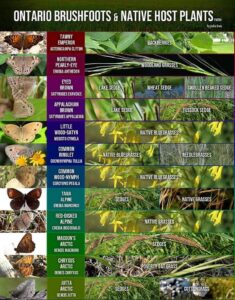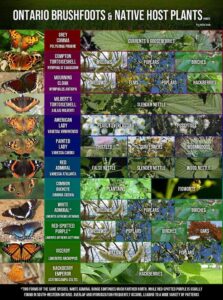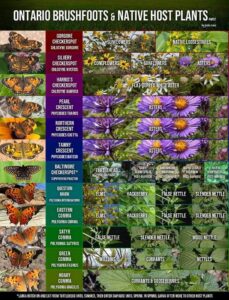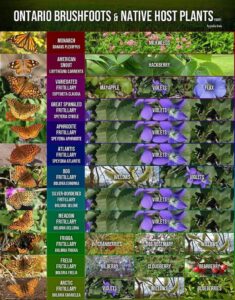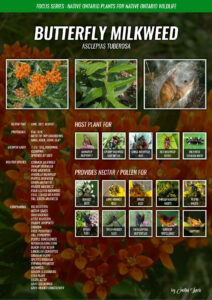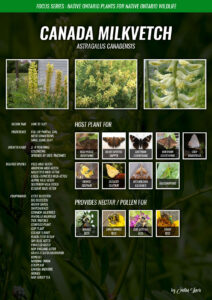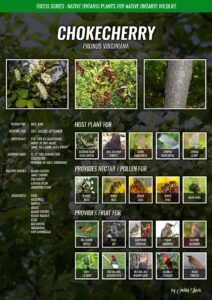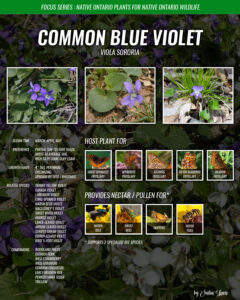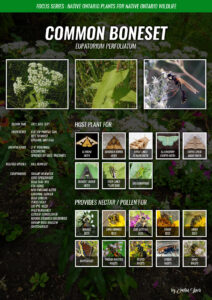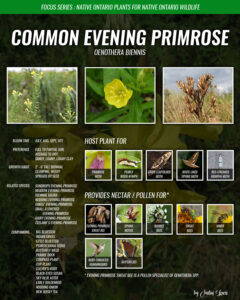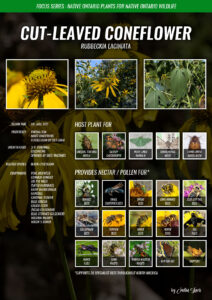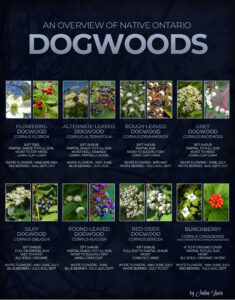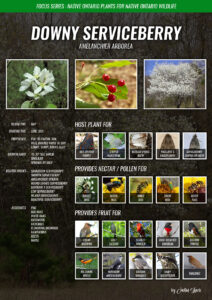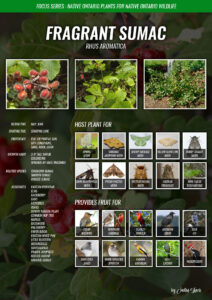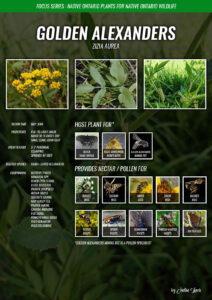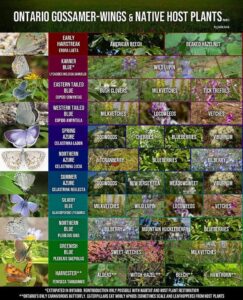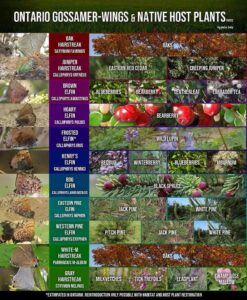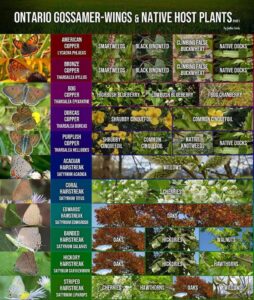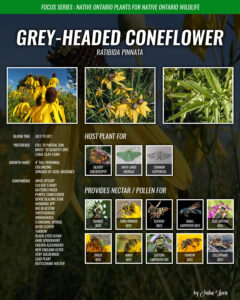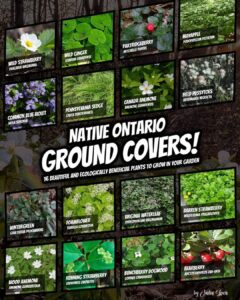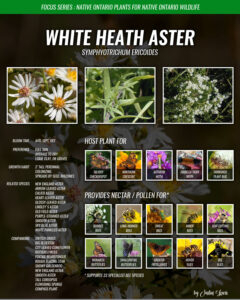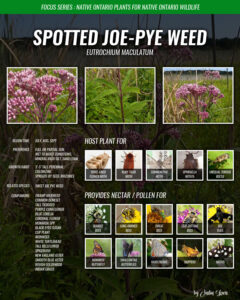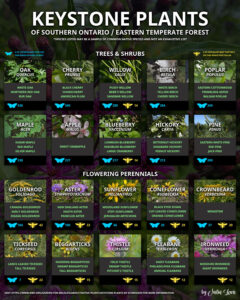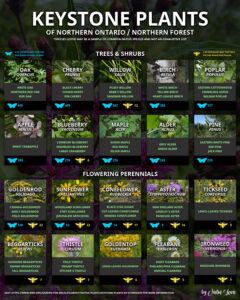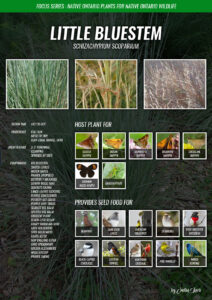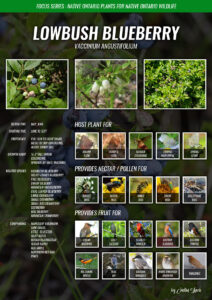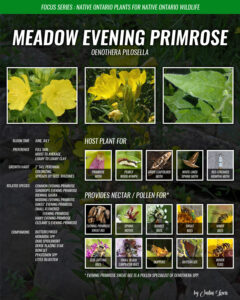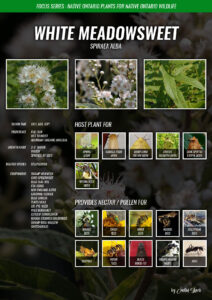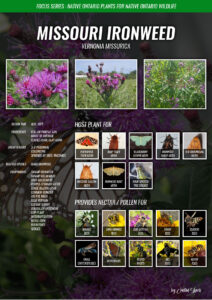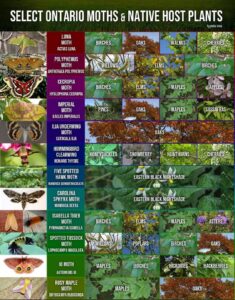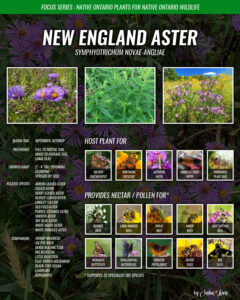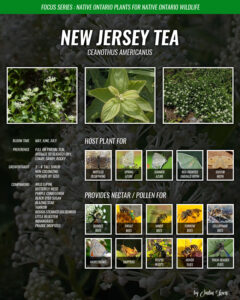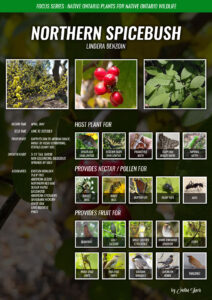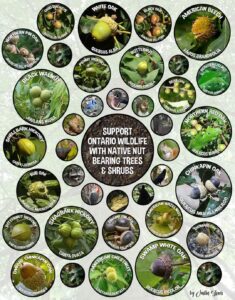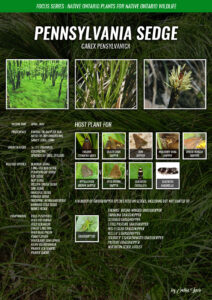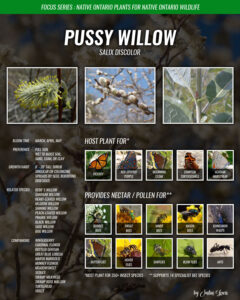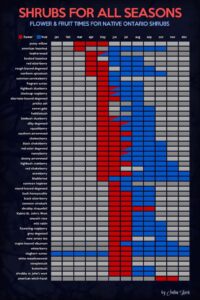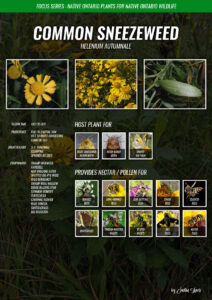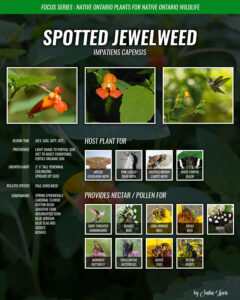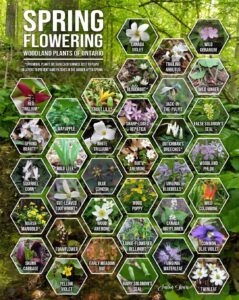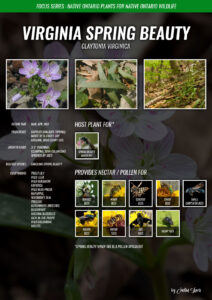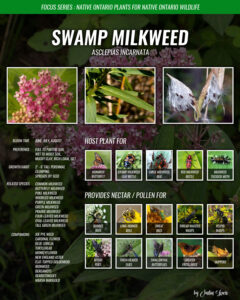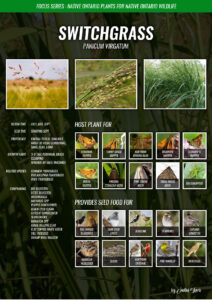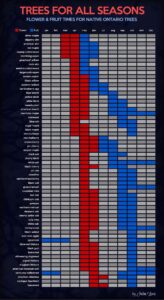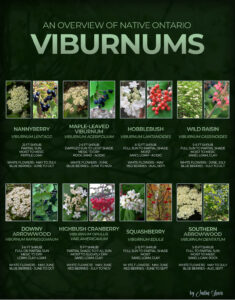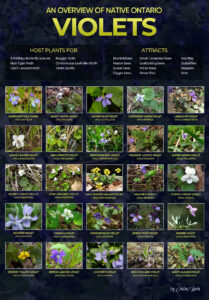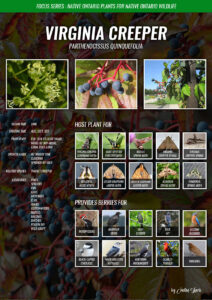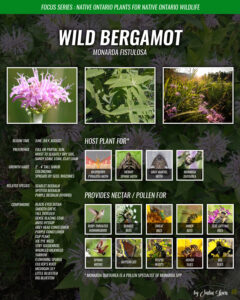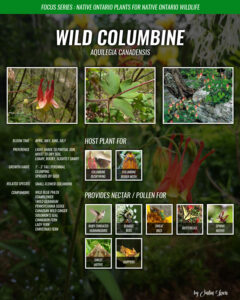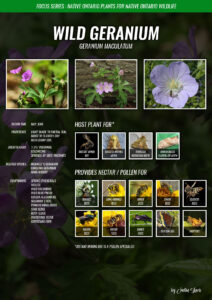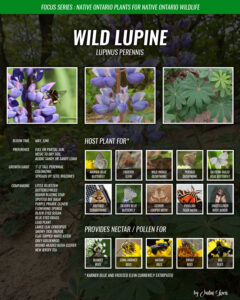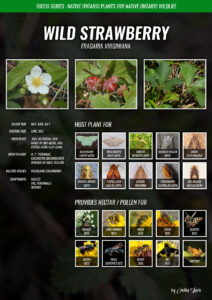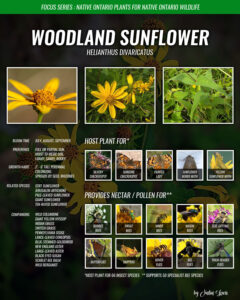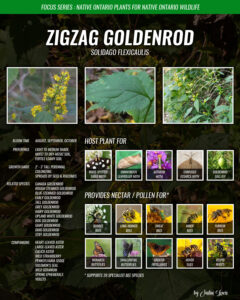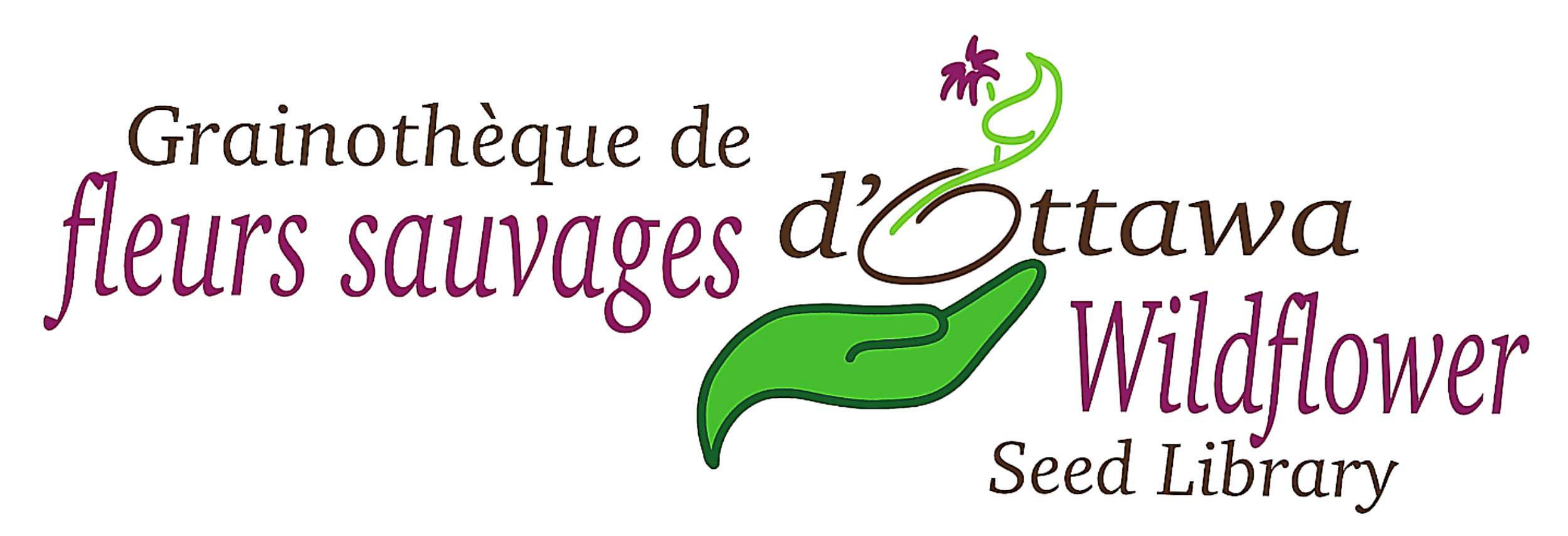It feels overwhelming at first; do not worry, we have your back! We have design instructions, additional resources and pictures of plants that you can use for inspiration. You can also take a look at our seed catalogue for plants that fit in your space.
TIPS FOR BEGINNERS
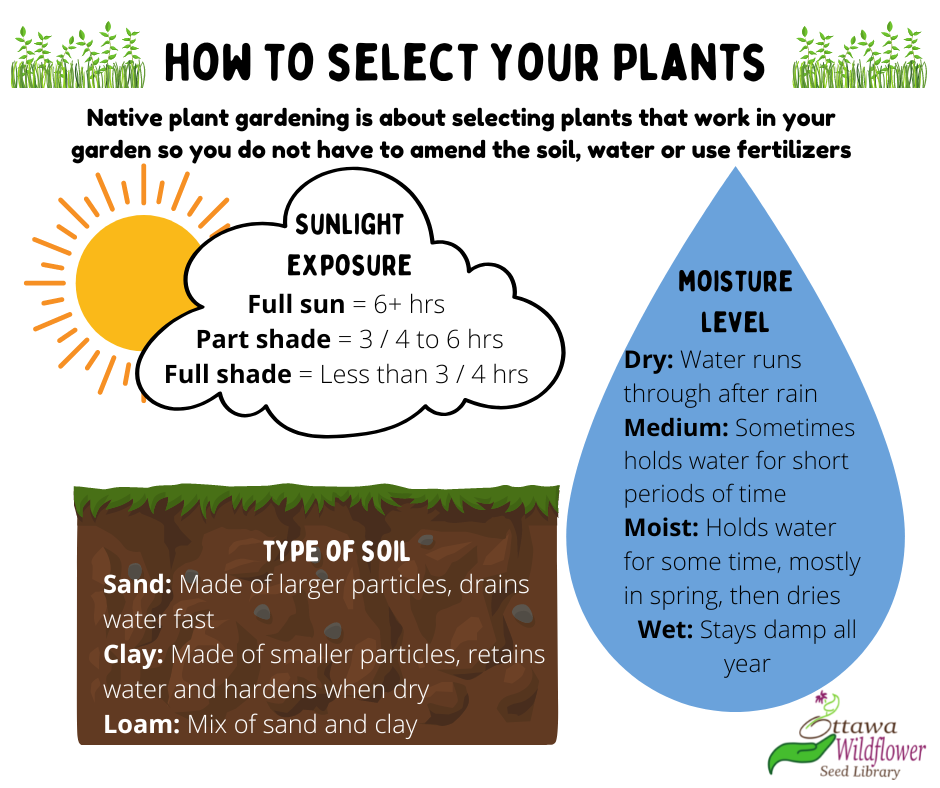
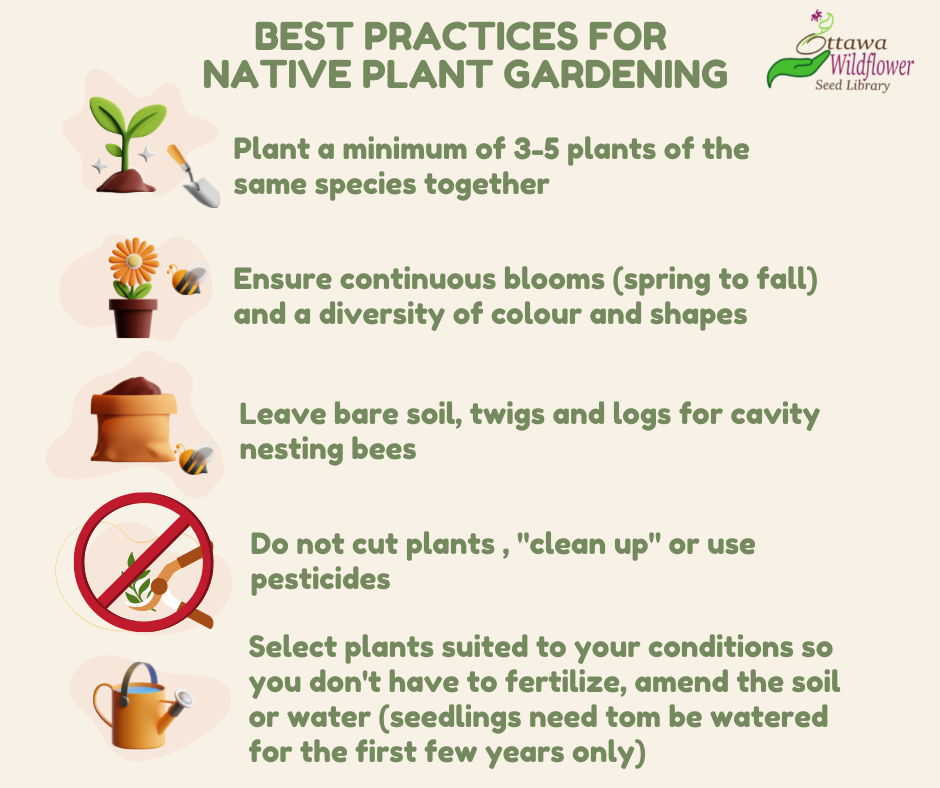
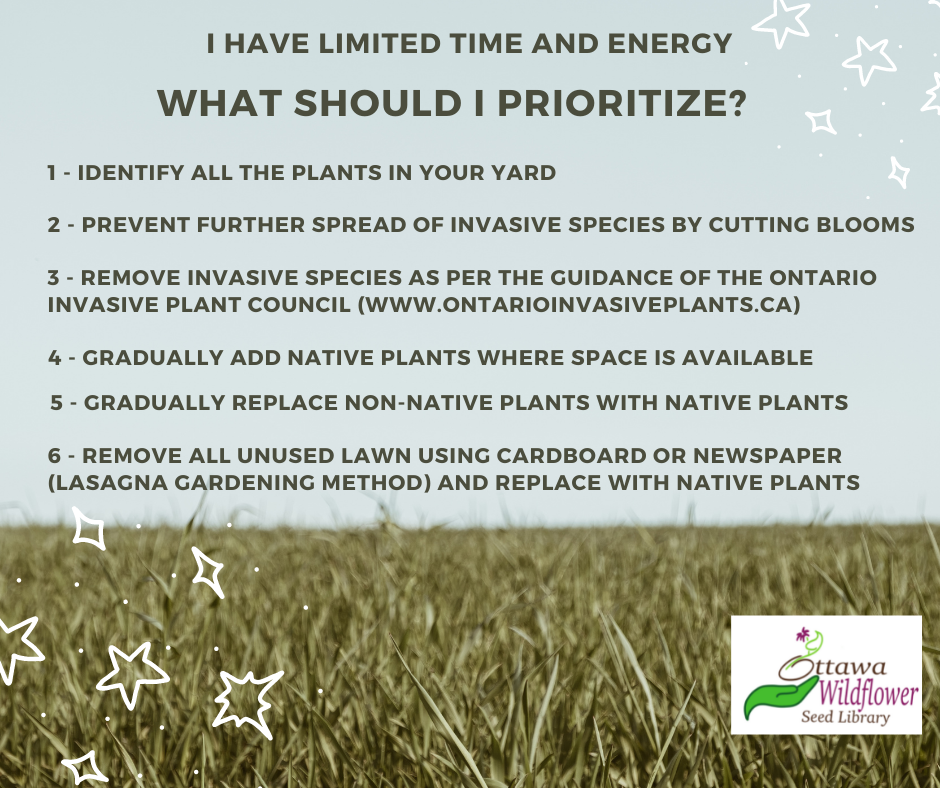
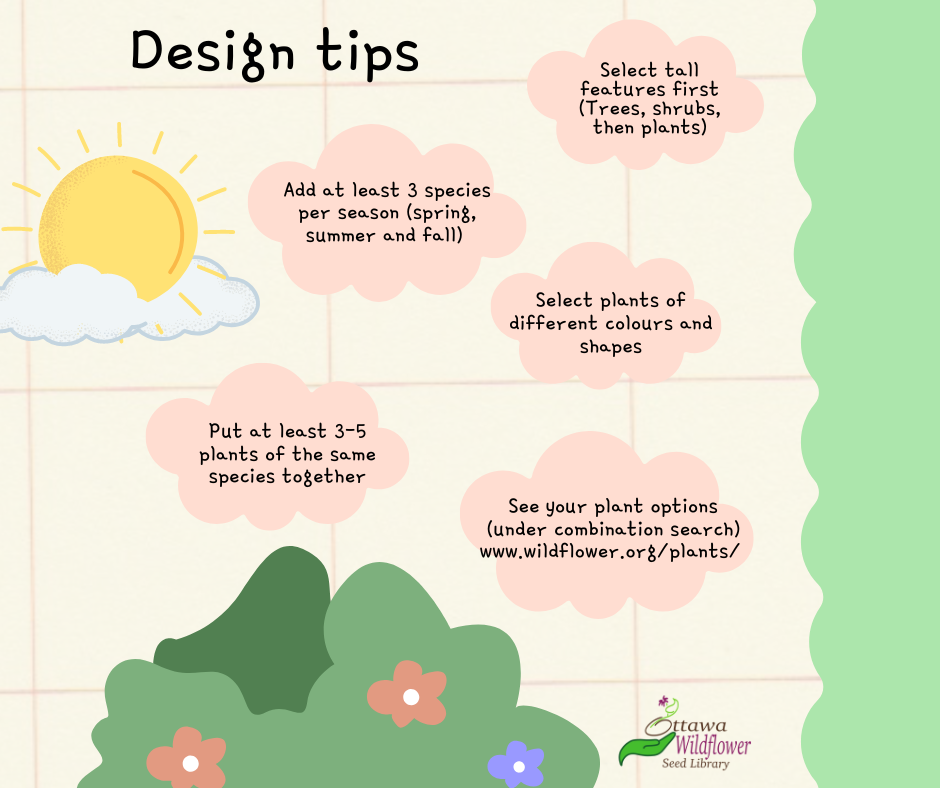
How to prepare your site:
- How to remove grass by hand, GrowitBuildit
- Planning a new garden? Start now – remove grass by smothering, Blooming Boulevards
- Sheet Mulching! Smother Grass with Cardboard and Newspaper, Gowit Buildit
- Site Preparation for Wildflower Pollinator Gardens, Blooming Boulevard
How to select the right plants, based on your conditions:
- Combination Search, Lady Bird Johnson Wildflower Center
- Plant Library, A Cultivated Art
- Rewilding the Veggie Garden: Native Plants as Companion Plants and as a Pollinator Powerhouse, North American Native Plant Society
How to create a native plant garden:
- Create your Own Native Garden: A Guide to Creating Beautiful Home Landscapes, Wild Ones National Office & Wild Center
- How to Create a Pollinator Garden: A Beginner’s Guide, North American Native Plant Society
- How to Grow a Meadow, Wildflower Farm
- How to Start a Native Plant Garden from Scratch, Growit Buildit
- Nesting and Overwintering Habitat, Xeres Society
- Planting Guide for your Native Pollinator Garden, Pollinator Partnership
- Sustainable Landscaping Basics, Master Gardeners of Northern Virginia
What to grow to replace lawn:
- Mowing and Foot Traffic Tolerant Native Species, Sundaura Alford-Purvis
- Shrinking the Lawn: Eco-Friendly Alternatives to Sod, Lorraine Johnson
Garden design templates:
- Design Elements & Principles, Canadian Wildlife Federation
- Design Templates, Halton Master Gardeners
- Designing and Planting with Native Plants webinar, New York – New Jersey Trail Conference
- Designing with Common Nursery Plants,
Benjamin Vogt - DIY Garden Designs, Audubon Pennsylvania
- Garden Design in Under 2 Minutes, Benjamin Vogt
- Grow Native! Designing with Native Plants with Ronda Burnett, Missouri Prairie
- How to Design a Dementia-Friendly Garden, Sensory Trust
- How to Design a Sensory Garden, Sensory Trust
- Native Plant Gardening and Design, Land Conservancy of McHenry County
- Native Garden Templates, Pennsylvania Department of Conservation & Natural Resources
- Plant Paradise Toolkit, Hamilton Pollinator Paradise Project
INSPIRATION (BY JUSTIN LEWIS)
